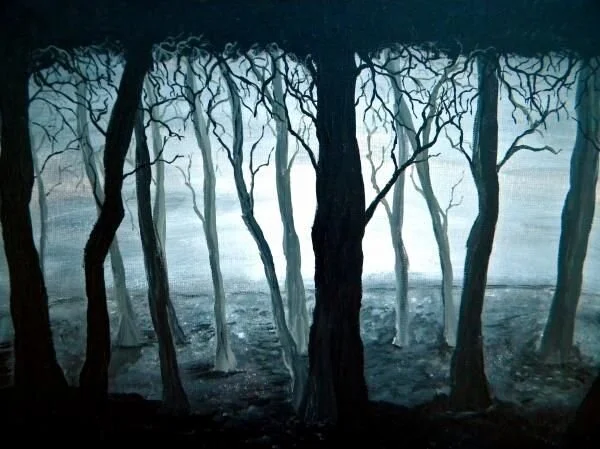First, what is a Firebird? Originating from ancient Slavic folklore, it is a timeless mythological creature that has been used in countless folk and fairytales as early as the 7th century. Unlike its Ancient Greek counterpart the Phoenix, it does not continually regenerate, but instead is used as an omen of good luck, or of disaster. As depicted in the artwork here, many of the firebird stories involve a “hero” finding one of its glowing feathers and beginning their journey to capture the magical bird. Usually, this does not end well for the hero. Parallels are abound in both Eastern and Western Folklore.





